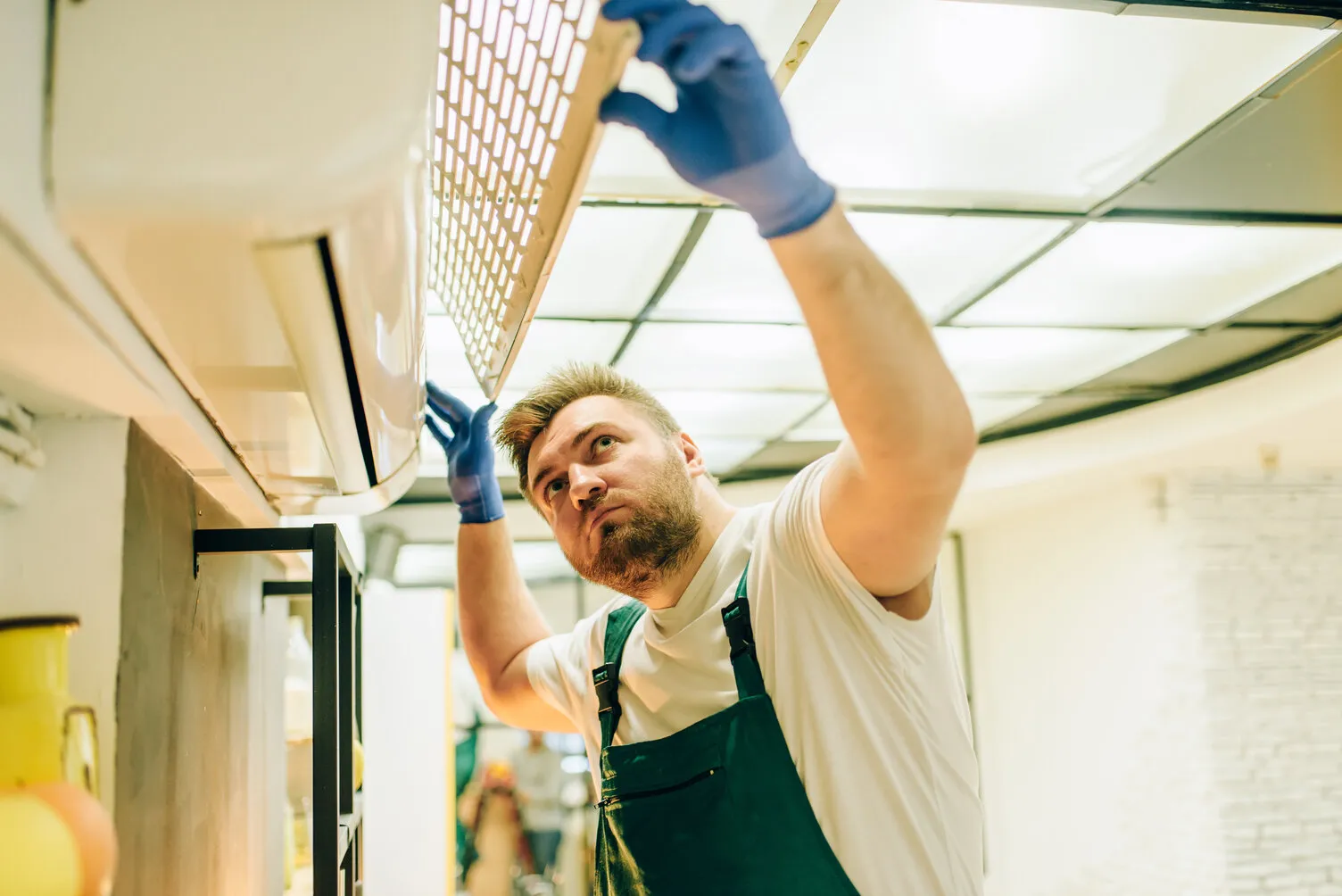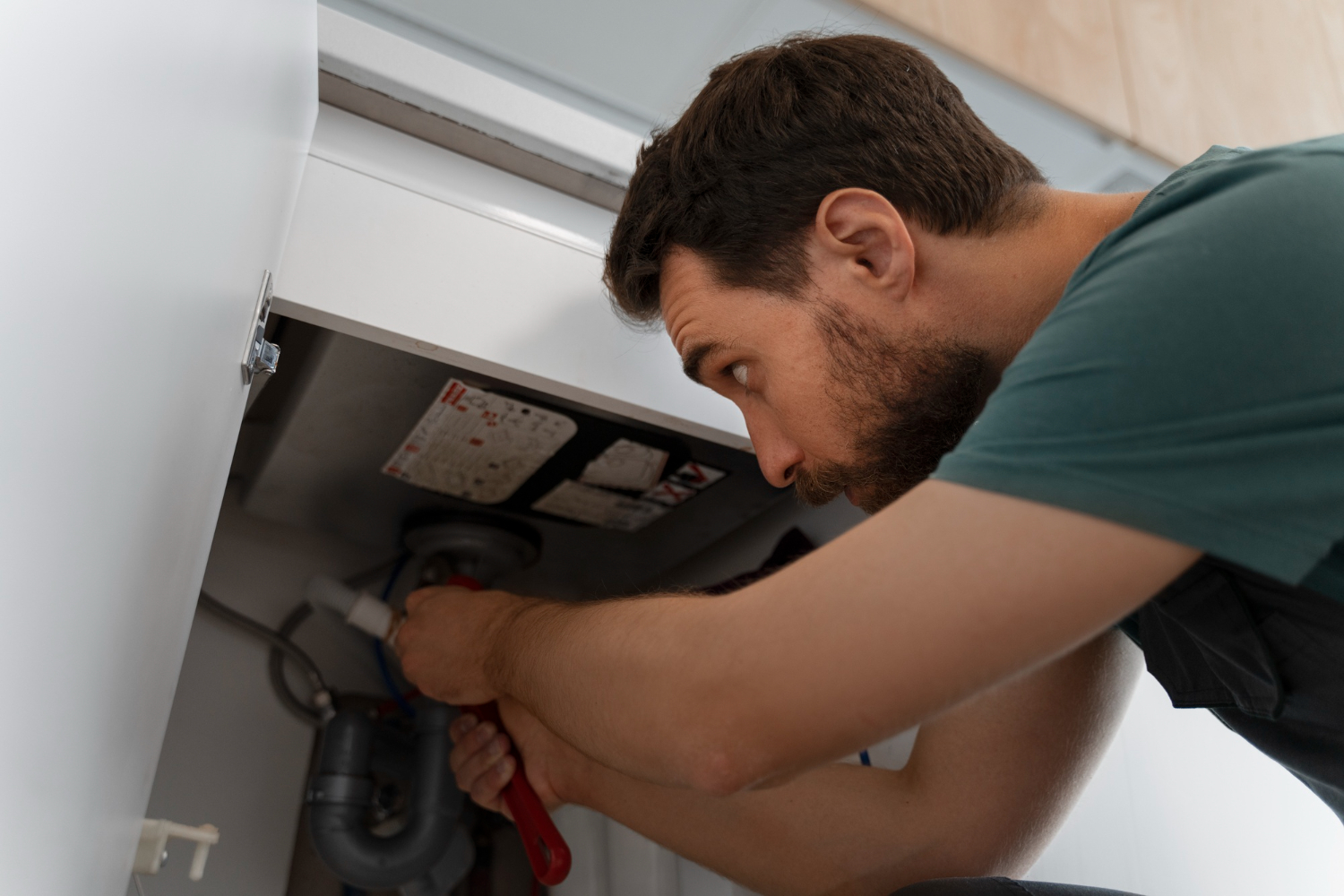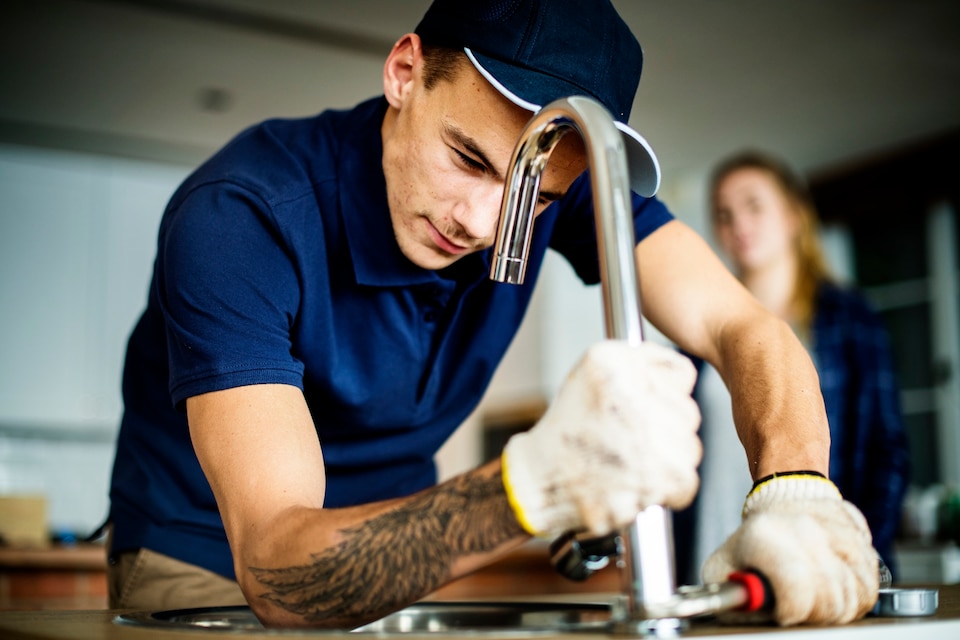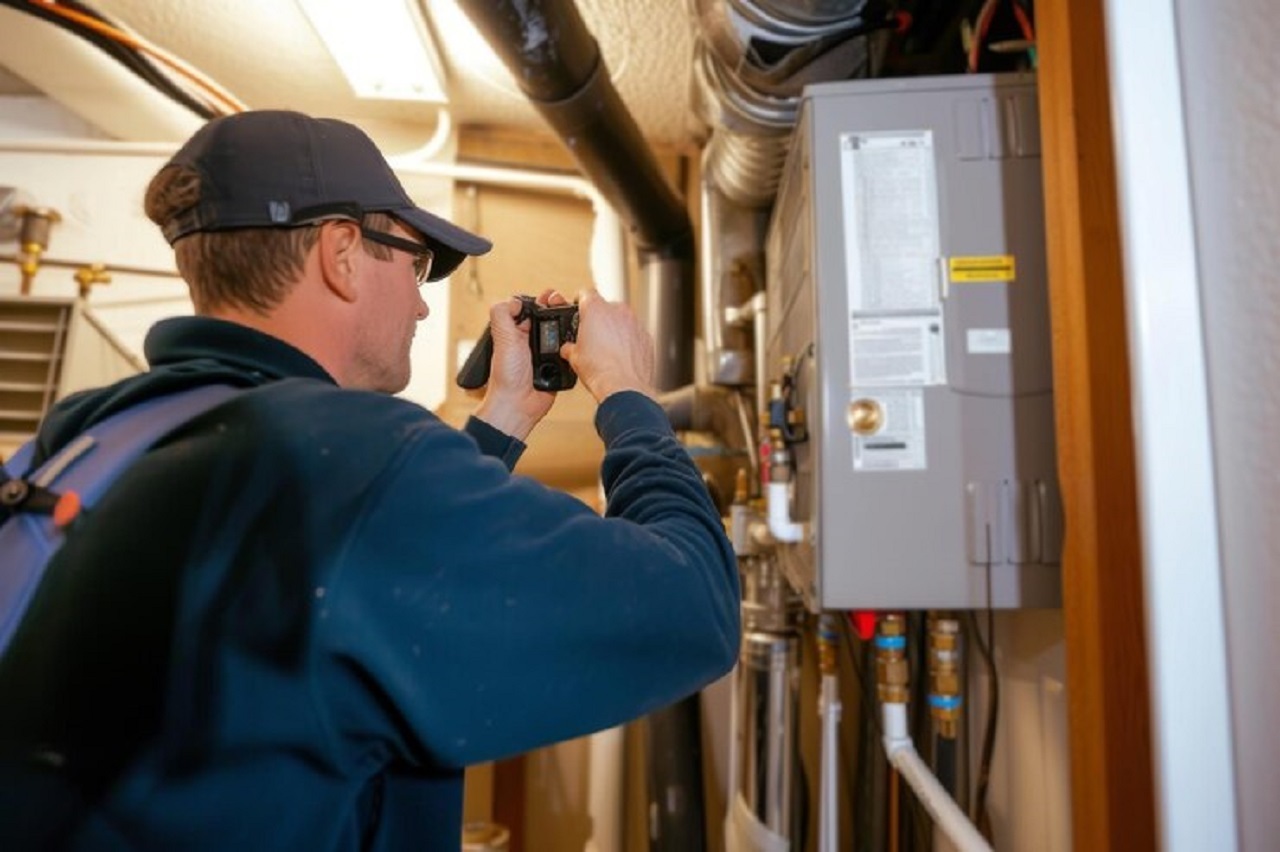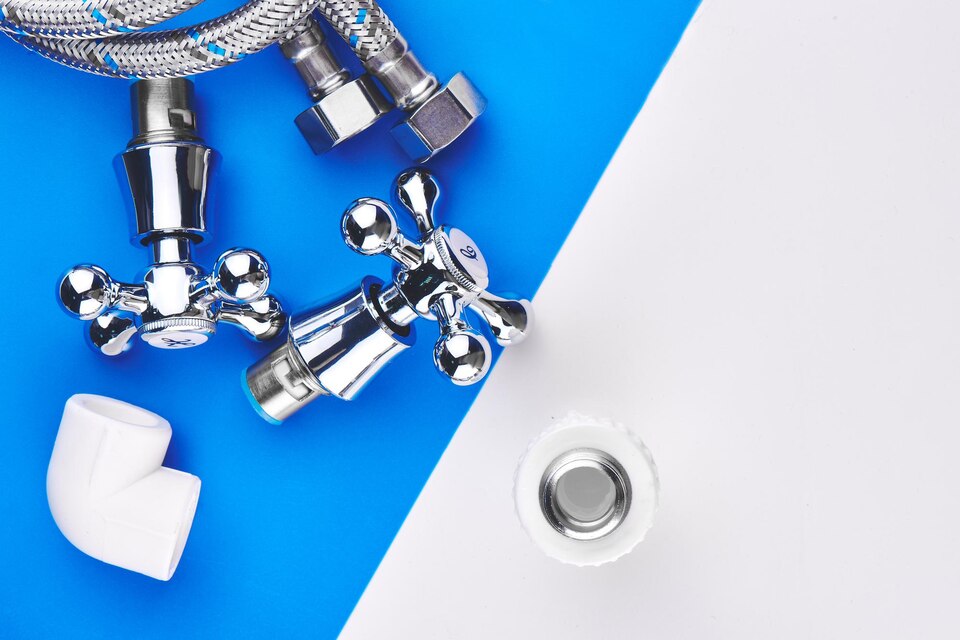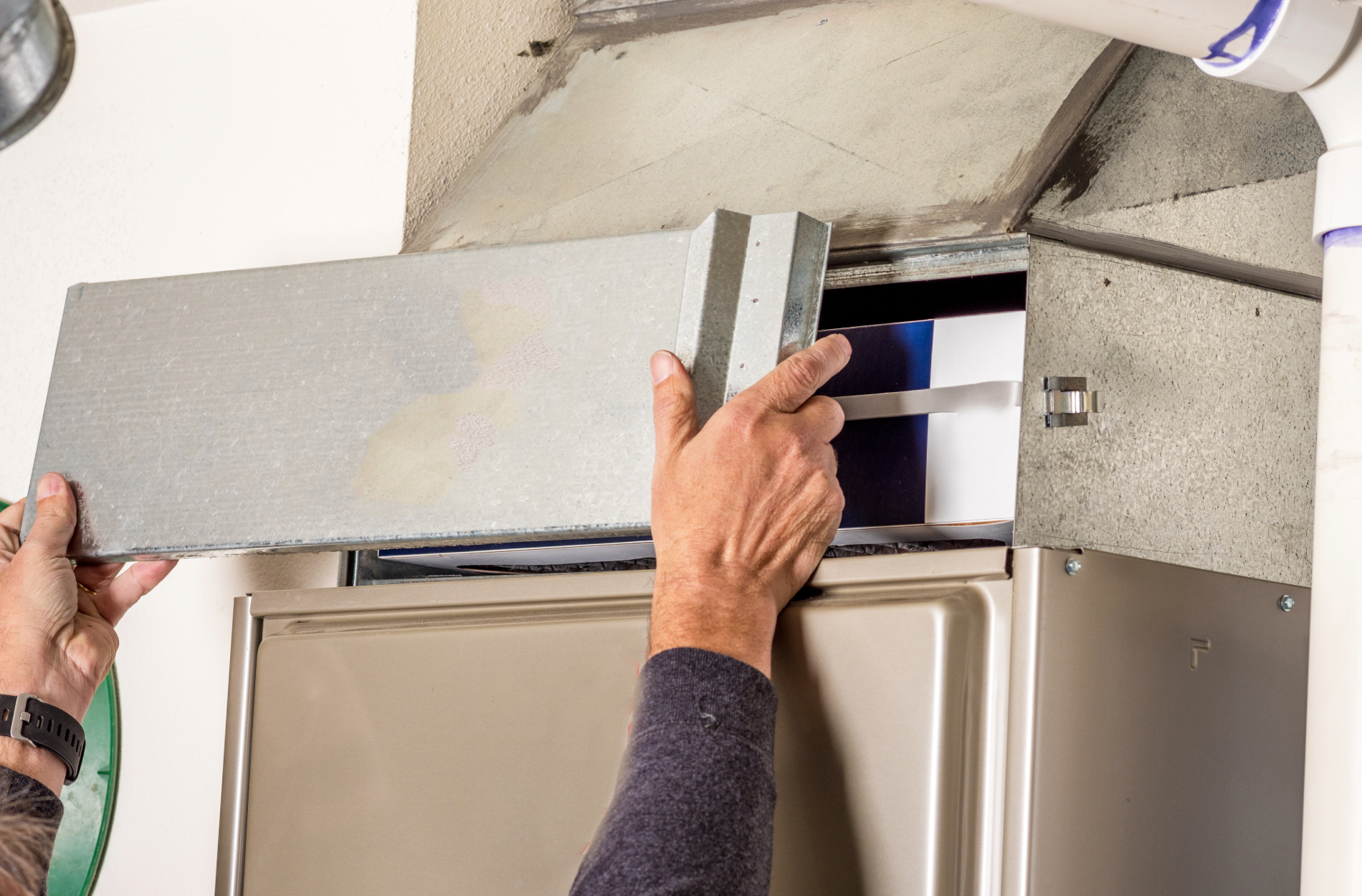Managing allergies can be a challenging task, especially when you spend a lot of time indoors. One crucial but often overlooked aspect of maintaining a healthy indoor environment is the cleanliness of your air ducts. Air ducts circulate the air from your heating and cooling system throughout your home, ensuring consistent comfort. However, over time, these ducts can accumulate dust, pollen, mold, and other allergens.
Understanding Air Duct Cleaning
Air duct cleaning involves the removal of dust, debris, and other contaminants from your ductwork. The process includes cleaning various components of your HVAC system, such as the supply and return ducts, registers, grilles, and diffusers. The primary goal is to ensure that the air circulating through your home is free from pollutants.
Proper air duct cleaning involves specialized tools and equipment designed to dislodge dirt and buildup within the ducts. These tools include high-powered vacuums, brushes, and blowers that efficiently remove contaminants. It is a meticulous process that should ideally be performed by trained professionals who understand the intricacies of HVAC systems.
Neglecting to clean your air ducts can lead to a buildup of dust, mold, and other allergens. This not only affects the efficiency of your heating and cooling system but also contributes to poor indoor air quality, which can aggravate allergy symptoms and other respiratory issues.
Common Allergens Found in Air Ducts
Air ducts can accumulate a variety of allergens over time, making your home uncomfortable for those with allergies. Here are some common allergens you may find in your air ducts:
- Dust and Dust Mites: Dust is a combination of tiny particles, including dead skin cells, dirt, and fibers. Dust mites thrive in this environment and can trigger allergy symptoms.
- Pollen: Outdoor pollen can find its way into your home through open windows and doors, eventually settling in the air ducts.
- Mold and Mildew: Moisture in the ductwork can lead to the growth of mold and mildew, which release spores into the air, causing allergic reactions.
- Pet Dander: If you have pets, their dander can accumulate in your air ducts and continuously recirculate through your home.
- Insect and Rodent Droppings: Infestations in the ductwork can leave behind droppings that degrade air quality and may cause allergic reactions.
How Dirty Air Ducts Affect Allergy Sufferers
Dirty air ducts can significantly impact allergy sufferers, making everyday living uncomfortable. When air ducts are clogged with dust and debris, allergens are continuously circulated throughout your home, exacerbating symptoms.
For people with allergies, this can lead to increased sneezing, coughing, and even severe respiratory distress. Dirty air ducts can also contribute to eye irritation, skin rashes, and other allergic reactions, making it difficult to find relief indoors.
Furthermore, unclean air ducts can strain your HVAC system, reducing its efficiency and causing it to blow weaker or inconsistent air. This can lead to hot and cold spots in your home, which might compel you to use the system more frequently, worsening the circulation of allergens.
Signs Your Air Ducts Need Cleaning
Recognizing the signs that your air ducts need cleaning can help you take timely action. Here are some indicators to look out for:
- Visible Dust and Debris: If you notice excessive dust or debris around your vents, it’s a clear sign that your air ducts are dirty.
- Musty Odors: Persistent musty or stale odors in your home can indicate mold or mildew growth in your ductwork.
- Increased Allergy Symptoms: Experiencing more frequent or severe allergy symptoms could be due to contaminants circulating through your air ducts.
- Poor Airflow: If certain areas in your home have weak or inconsistent airflow, debris in the ducts could be blocking the airflow.
- Higher Energy Bills: Dirty air ducts can make your HVAC system work harder, leading to higher energy bills due to reduced efficiency.
- Recent Renovations: After home renovations, dust and debris can find their way into your ducts, making them in need of cleaning.
Benefits of Regular Air Duct Cleaning
Regular air duct cleaning offers numerous benefits that enhance both the efficiency of your HVAC system and the overall air quality in your home. Here are some key advantages:
- Improved Air Quality: Clean air ducts reduce the amount of dust, pollen, and other allergens in your home, helping you breathe easier and experience fewer allergic reactions.
- Enhanced HVAC Efficiency: When ducts are clean, your HVAC system doesn’t have to work as hard to circulate air. This can lead to more consistent temperatures and lower energy bills.
- Extended System Lifespan: Regular cleaning prevents buildup that can lead to system wear and tear, thereby extending the life of your HVAC unit.
- Odor Reduction: Removing accumulated dust and mold from air ducts eliminates the sources of musty and stale odors, making your home smell fresher.
- Less Frequent Cleaning: With cleaner air circulating, you may notice less dust settling on surfaces, meaning less frequent cleaning is needed.
DIY Inspection Tips for Homeowners
Although professional cleaning is recommended, homeowners can perform preliminary inspections to check if their air ducts need attention. Here are some DIY inspection tips:
- Check Vent Covers and Registers: Remove vent covers and use a flashlight to look inside. Check for visible dust, debris, or mold on the interior surfaces.
- Inspect Air Filters: Dirty filters are a sign that your ducts may also be dirty. Replace them regularly and check if they clog quickly.
- Look for Visible Mold: Mold can appear as black or white patches. If you notice any, it’s crucial to schedule professional cleaning and possibly mold remediation.
- Monitor Dust Levels: Excessive dust buildup on furniture shortly after cleaning may indicate dirty ductwork.
- Listen for Noises: Unusual sounds like rattling or whistling could suggest airflow restrictions caused by debris in the ducts.
Steps Involved in Professional Air Duct Cleaning
Understanding the steps involved in professional air duct cleaning can help you appreciate the thoroughness of the process. Here’s what you can expect:
- Initial Inspection: Our professionals will use cameras or mirrors to inspect the ductwork and assess its condition.
- Dislodging Debris: Specialized tools like brushes, air whips, and compressed air nozzles are used to dislodge dirt and debris from the duct walls.
- Vacuuming: A high-powered vacuum system specifically designed for HVAC cleaning is used to remove the dislodged contaminants from the ducts.
- Sanitizing: If needed, a sanitizing agent is applied to eliminate bacteria, mold, and other microbes. This step is crucial for ensuring the air ducts are thoroughly cleaned.
- Final Inspection: After cleaning, our technicians will perform a final inspection to ensure all contaminants have been removed and the ducts are clear.
Choosing the Right Time for Air Duct Cleaning
Timing your air duct cleaning can enhance its effectiveness and convenience. Here are some factors to consider:
- Seasonal Cleaning: The best times for cleaning are usually spring and fall. Cleaning in the spring helps remove allergens that have built up over the winter, while fall cleaning prepares your system for heavy winter use.
- Post-Renovation: After completing home renovations, it’s wise to clean your air ducts to remove construction dust and debris.
- Regular Maintenance: If you’re noticing signs like increased dust, foul odors, or allergy symptoms, it’s time to schedule a cleaning.
Maintaining Clean Air Ducts Between Professional Services
Maintaining clean air ducts between professional services is crucial for ensuring good indoor air quality and efficient HVAC operation. Here are some easy steps to help keep your air ducts clean.
- Regular Filter Replacement: Make it a habit to check and replace your HVAC filters regularly, typically every 1-3 months. Clean filters trap dust, allergens, and other particles before they enter your ducts.
- Vacuum and Dust Frequently: Keep your home clean by vacuuming carpets and rugs and dusting surfaces. This reduces the amount of dust and debris that can be circulated through the air ducts.
- Use Exhaust Fans: Utilize exhaust fans in kitchens and bathrooms to vent moisture and airborne particles outside. This helps prevent mold growth and reduces humidity levels inside your home.
- Seal and Insulate Ducts: Ensure your ducts are properly sealed and insulated to prevent dust and debris from entering. This also helps maintain system efficiency.
- Control Indoor Humidity: Keep humidity levels in check using dehumidifiers. High humidity can promote mold and mildew growth inside air ducts.
How Our Professionals Ensure Thorough Cleaning
Ensuring your air ducts are thoroughly cleaned requires more than basic cleaning tools; it requires the expertise and experience of our professionals. Here’s how we ensure a comprehensive cleaning process:
- Advanced Tools and Equipment: We use specialized tools like high-efficiency vacuums, brushes, and blowers to dislodge and remove dust, debris, and allergens from every nook and cranny of your duct system.
- Comprehensive Inspection: Our technicians start with a detailed inspection of your air ducts to identify problem areas and determine the level of cleaning required. This step helps us target specific issues effectively.
- Cleaning and Sanitizing: After removing all debris, we sanitize your ducts to eliminate bacteria, mold, and other pathogens. This ensures a clean and healthy environment for your home.
- Sealing and Repairs: We also check for leaks and damage in your ductwork and make necessary repairs. This not only improves efficiency but also prevents future contamination.
The Role of Air Filters in Allergy Management
Air filters play a significant role in managing allergies by trapping airborne particles and allergens, ensuring cleaner air circulation in your home. Here’s how they help:
- Capturing Allergens: High-quality air filters capture common allergens like pollen, dust mites, and pet dander. This reduces the amount of allergens recirculated through the air ducts, lowering the risk of allergy flare-ups.
- Enhancing Air Quality: Regularly changing air filters ensures a consistent flow of clean air, removing airborne irritants that can affect respiratory health.
- Preventing Buildup: Clean air filters prevent the buildup of dust and allergens within the HVAC system and ductwork, making air duct cleaning more efficient and less frequent.
When to Call EnviroSafe Plumbing, Heating, Air Conditioning, Water Treatment
Knowing when to call a professional for air duct cleaning can make a big difference in maintaining your HVAC system and indoor air quality. Here are some signs that it’s time to contact our professionals:
- Visible Mold Growth: If you notice mold on or inside your air ducts, immediate professional cleaning is necessary to prevent health issues and further contamination.
- Increased Dust Levels: If your home seems dustier than usual or you need to dust more frequently, it could indicate that your air ducts are clogged and need cleaning.
- Unexplained Allergy Symptoms: If you or your family members experience increased allergy symptoms or respiratory issues, dirty air ducts may be to blame.
- Rodent or Insect Infestation: Evidence of rodents or insects in your ducts requires professional attention to eliminate the infestation and clean the ducts thoroughly.
Why Choose EnviroSafe for Your Air Duct Cleaning Needs?
Effective air duct cleaning goes beyond simple dusting. It involves thorough maintenance practices and the expertise of our professionals to ensure optimum indoor air quality and system efficiency. Regular upkeep, such as changing air filters, vacuuming, and controlling humidity, can help maintain clean air ducts between professional cleanings. Knowing when to seek professional help is also crucial for addressing issues like mold growth, increased dust, and unexplained allergy symptoms.
Our team at EnviroSafe Plumbing, Heating, Air Conditioning, Water Treatment is committed to providing expert air duct cleaning services in Bridgeton, NJ. With our advanced tools, detailed inspection processes, and expert technicians, we ensure comprehensive cleaning and sanitization of your duct system. Contact us now to learn more about our services.

